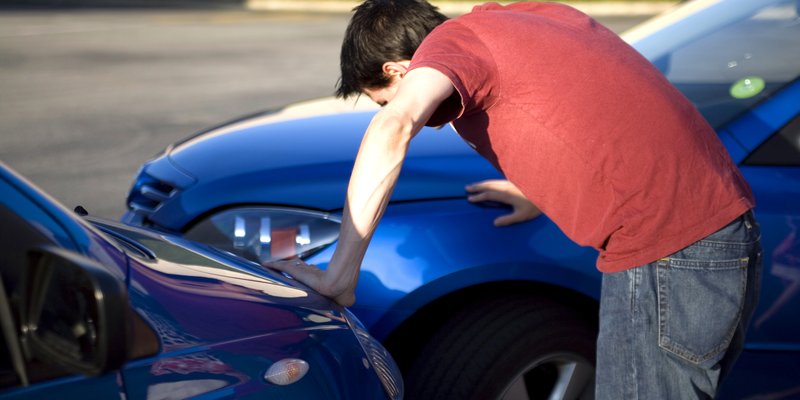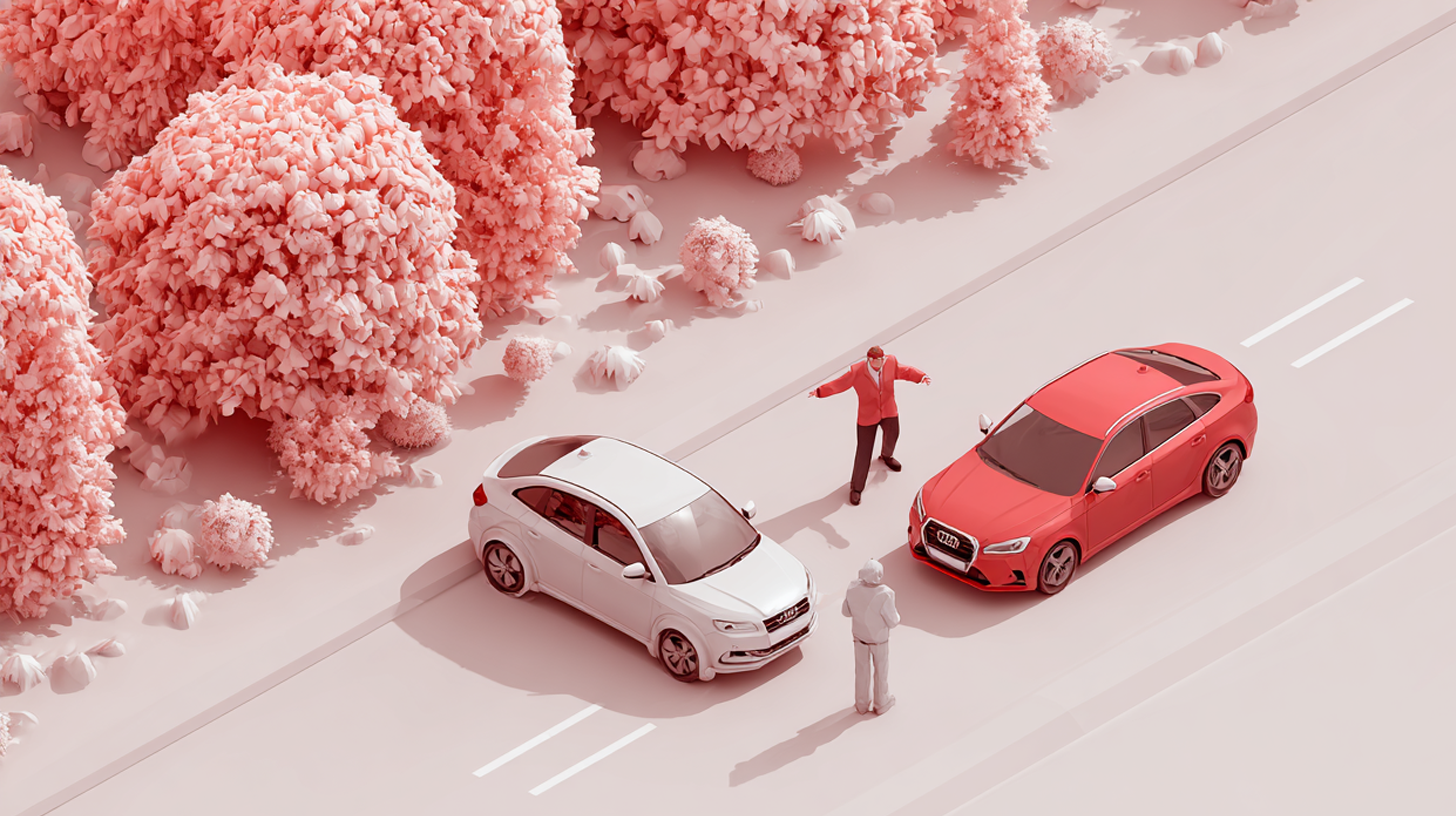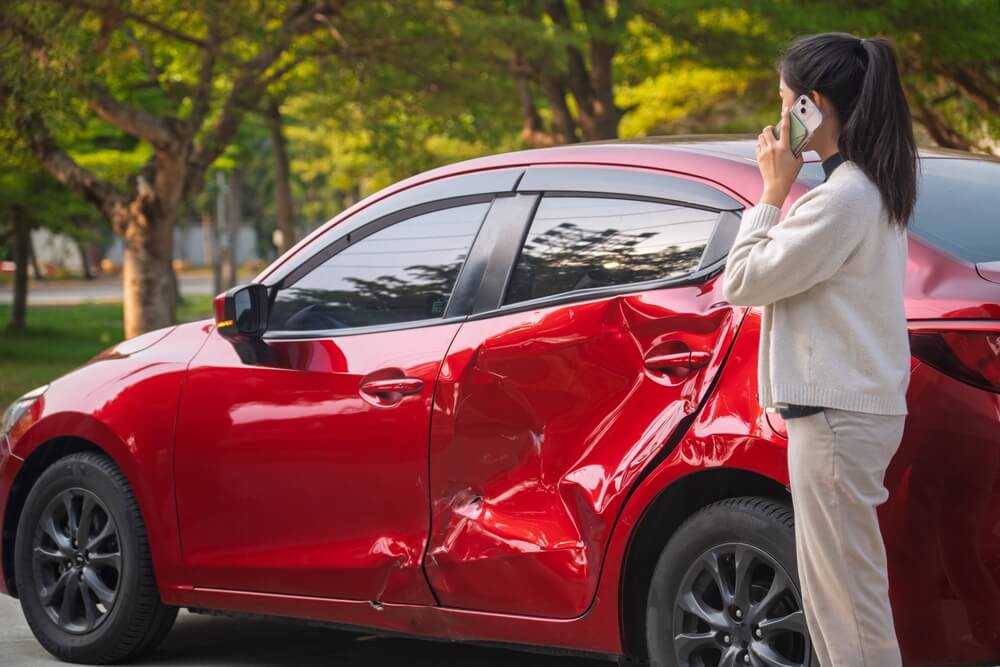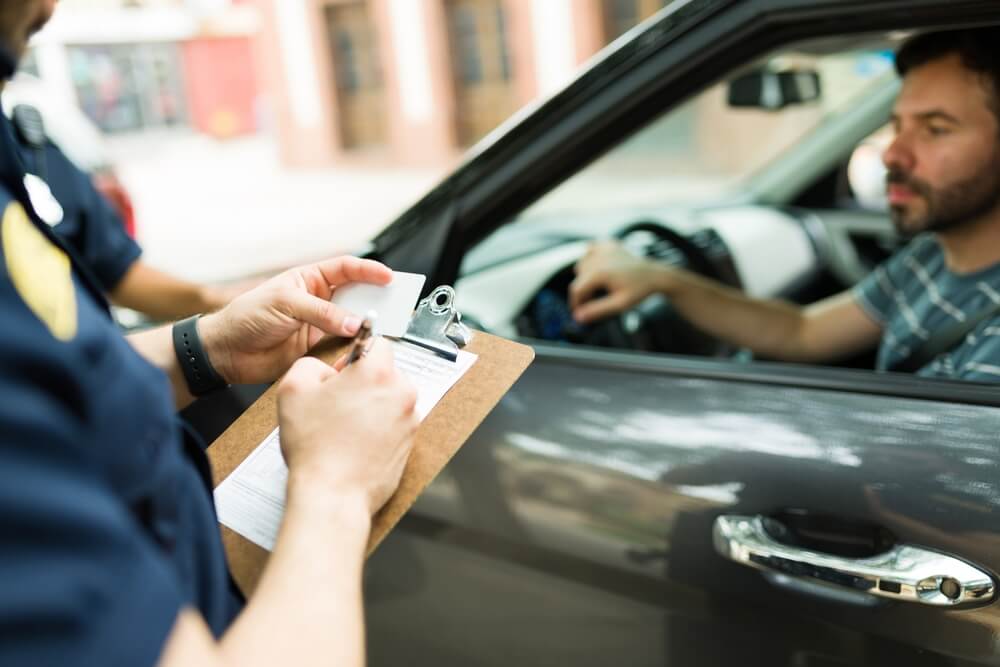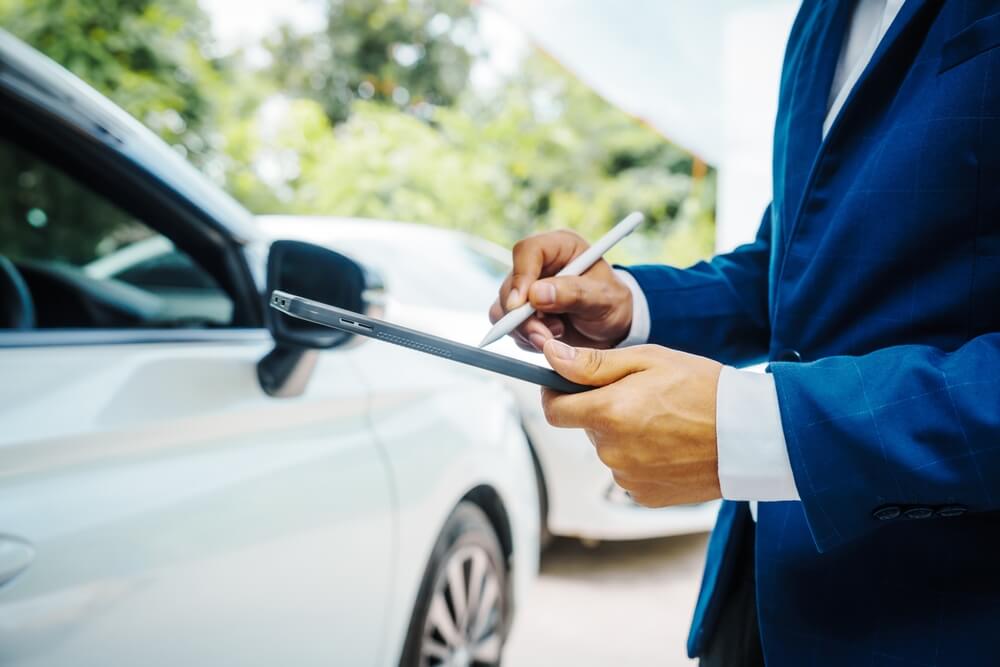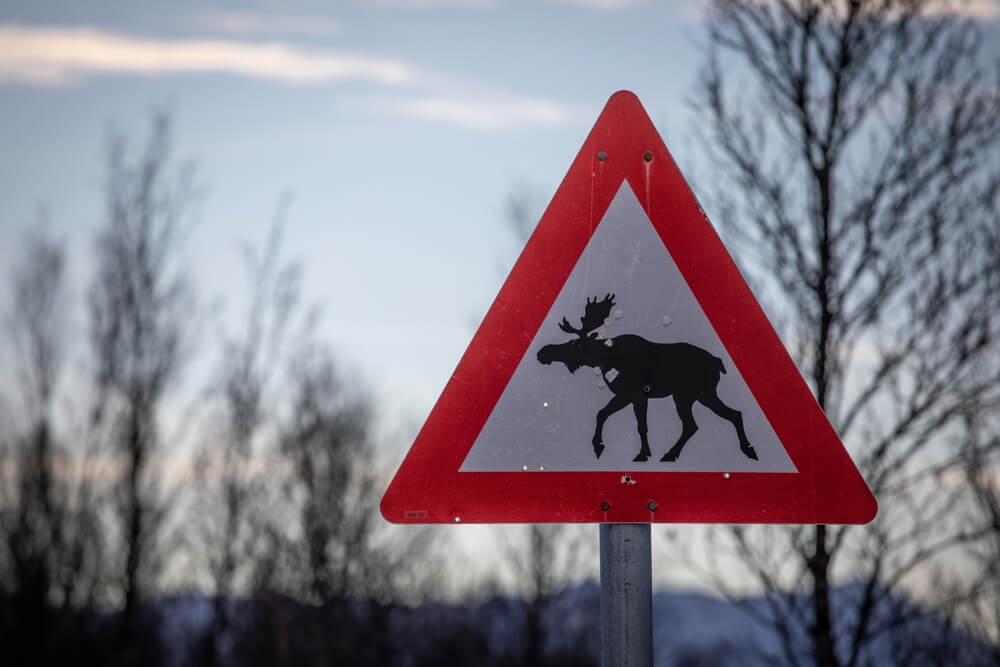
If you are not redirected within 30 seconds, please click here to continue.
Samedi: 10h – 16h HAE

If you are not redirected within 30 seconds, please click here to continue.
If you are not redirected within 30 seconds, please click here to continue.
- The common advice to the driver approaching stopped traffic ahead is to look well ahead and slow down early.
- Know where you could go if you needed to move out of the way quickly.
- According to a set of government guidelines known as fault determination rules your insurer must follow, you may be found fully or partially at fault for a collision.
Doing what we always do, we never really expect anything to go wrong. But sometimes, without warning, you get surprised, and the worst thing happens; you get into a collision. But how could this be? In many cases, it’s not even your fault. You minded your own business while sitting stopped in traffic.
One of the most reported collisions in North America is a rear crash, and a collision of any kind may affect your car insurance premium. And for the most part, this type of collision happens because someone has failed to judge their speed, perhaps on a slippery road surface, or they’re not paying attention and came in too fast to stop in time.
The common advice to the driver approaching stopped traffic ahead is to look well ahead and slow down early. Adjust to the road conditions and apply gentle and early brake pressure to stop safely. There’s no hurry to get to the red light. Yes, it’s old advice, but it still applies, provided you’re paying enough attention to the driving environment. But what about the driver who gets hit while stopped? What can they do differently, if anything, to avoid being involved in a rear-end collision?
Have a strategy to avoid getting rear-ended
So, let’s start with the basics: knowing where you could go if you needed to move out of the way quickly. Knowing in advance makes the move quicker as you’ve already planned it before you need it. Your move could be to the side of the road, the next lane, or a nearby parking lot. It may not always be possible but making it a habit to plan an escape route is a good start.
Monitoring the rear-view mirror while stopped is a key part of this strategy. Considering you can’t move until the vehicle ahead of you begins to move, why only keep staring ahead? Every few seconds, have a glance in the mirror to see if the vehicle behind appears to be approaching quicker than usual. If it looks like they may not stop in time, carefully head into the escape route you’ve already planned out.
Considering you’re used to seeing vehicles slowing down behind you while you’re stopped, it would be pretty easy to recognize when a vehicle is approaching too quickly. Instead of staring in the mirror with “hopes” that they will stop, survey your surroundings to determine if you can safely implement your escape plan.. If the coast is clear, calmly put your plan into action.
Some may remember the advice of being able to see the wheels of the vehicle ahead of you touch the ground to know you’ve stopped the appropriate distance behind the vehicle in front of you. Doing that in today’s world with aerodynamic vehicles means you could be too close to them. Why does that matter? It matters big time if you’re attempting to quickly drive around them if you need to escape a potential rear-end collision.
Don't waste time calling around for auto insurance
Use Rates.ca to shop around, and compare multiple quotes at the same time.
How fault is determined in a collision
But let’s take a look at this another way. What if you are involved in a rear crash?
Many jurisdictions, such as Ontario, have a no-fault auto insurance system. That means regardless of who is at fault, you will deal with your insurance company to file a claim. The cost to repair damage to your vehicle will be covered if you are at fault provided you have collision coverage as part of your policy.
Insurance companies will assign fault percentages to each of the drivers involved in the collision. The fault assigned could be wholly not at fault for the collision, partially at fault, or fully 100% at fault.
That may come as a surprise to some, as fault is decided by your insurance company and not the police. According to a set of government guidelines known as fault determination rules your insurer must follow, you may be found fully or partially at fault. You could also be found not at fault for the crash. At least one driver involved in a collision will be labelled at fault.
If it is determined that you are more than 0% at fault for a vehicle collision, there will be an at-fault collision listed on your driving record. If it’s determined that you are more than 25% at fault, there is a chance you will see an increase in your premium. Insurance companies may increase your premiums based on the following:
- If you have been free of any claim or conviction for six or more years, your insurance premium may not change. If there is a change in your premium, it may be quite small. Once you have an at-fault claim on your record, it will take six years of claim- and conviction-free driving to have it cleared from your driving record.
- If you have a second at-fault collision within six years of the first one, typically, your insurance premium would increase. This being the second at-fault collision, you would need to drive claim-free for six years to clear them from your driving record.
- Having three or more at-fault collisions almost guarantees you will be considered a high-risk driver by insurers. That means your insurance premium will increase.
Avoiding a collision not only helps you steer clear of any possible injuries and vehicle damage, but it can be a big advantage when looking for an affordable car insurance policy. If you didn’t have enough of a reason to avoid a collision before, now you do.
Get money-saving tips in your inbox.
Stay on top of personal finance tips from our money experts!

